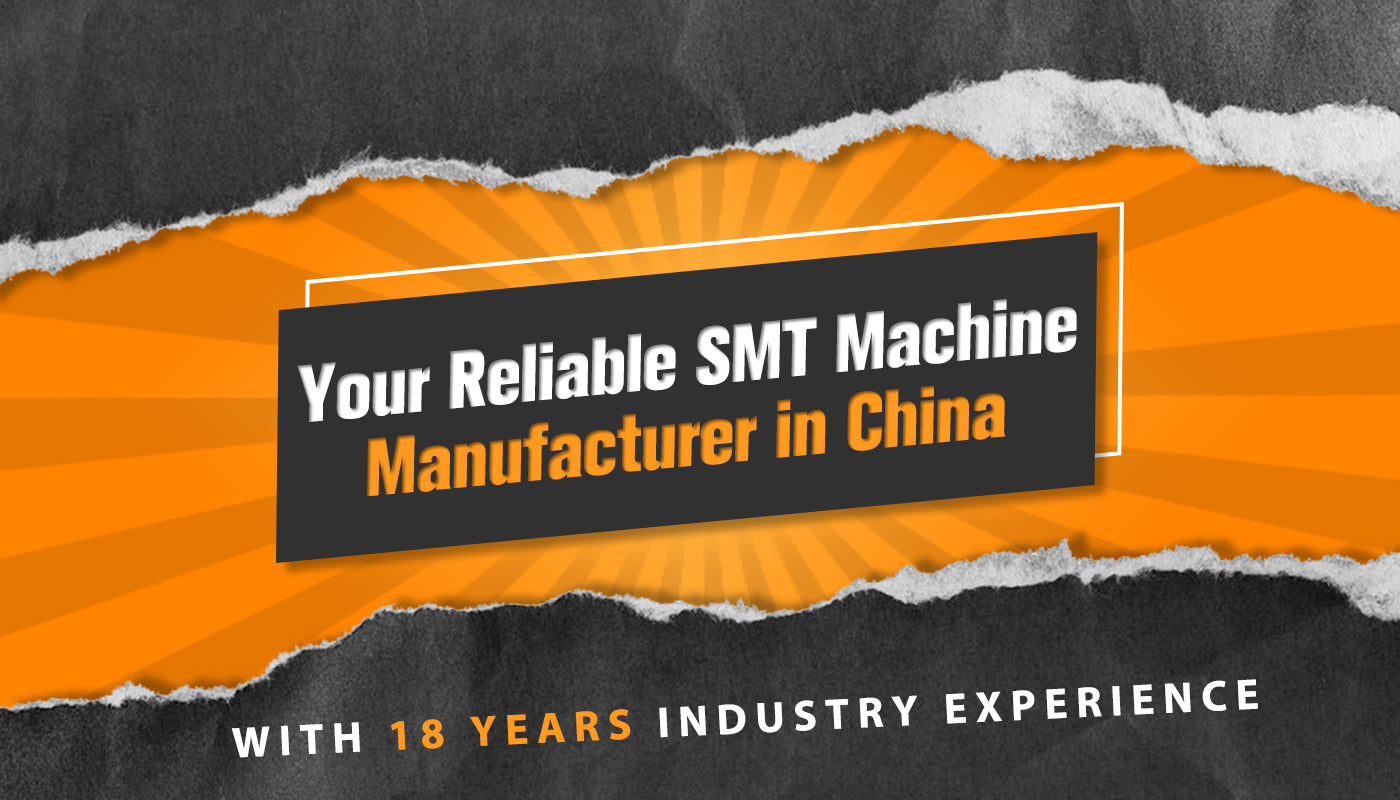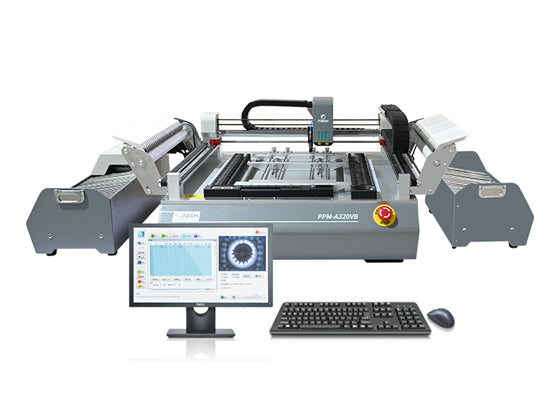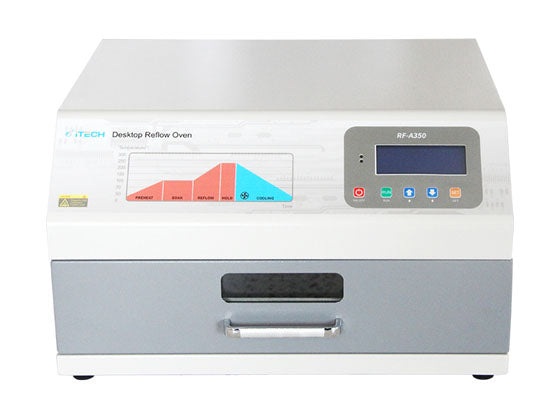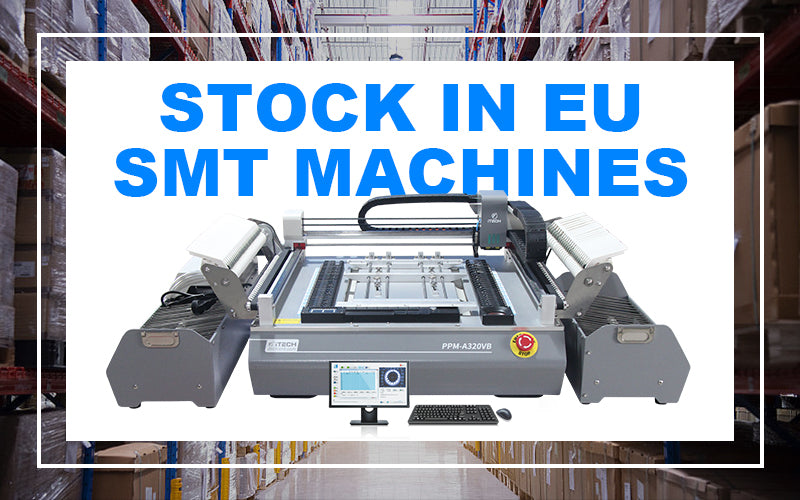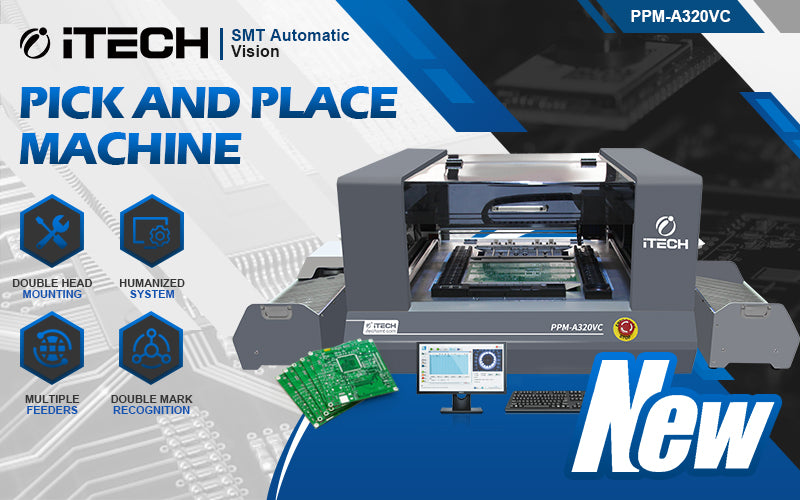A welding smoke purifier, also known as a welding fume extractor or welding smoke eater, is a device designed to remove harmful fumes, gases, and particulates generated during welding processes. Here's how it typically works:
Fume Capture: The purifier features a hood or capture mechanism placed near the welding arc to capture the smoke, fumes, and particulates at the source. This ensures that the pollutants are contained before they can spread into the surrounding environment.
Filtration: Once captured, the smoke and fumes are passed through a series of filters inside the purifier. These filters are designed to trap and remove different types of pollutants. The most common types of filters used in welding smoke purifiers include:
Particulate Filters: These filters are typically made of high-efficiency particulate air (HEPA) filters or other specialized filter media designed to capture solid particles, such as metal oxides and other particulates produced during welding.
Gas Filters: Some welding smoke purifiers include activated carbon or other absorbent materials to trap gases and volatile organic compounds (VOCs) produced during the welding process. These filters adsorb the gases, reducing their concentration in the air.
Clean Air Discharge: Once the smoke and fumes have passed through the filters, the purified air is discharged back into the workspace or outside environment. The purified air is typically free from harmful pollutants, making the work environment safer for welding operators and nearby personnel.
Maintenance: Regular maintenance is essential to ensure the effectiveness of the welding smoke purifier. This includes replacing filters as needed, cleaning the unit, and checking for any leaks or malfunctions.
By capturing and removing harmful pollutants generated during welding, a welding smoke purifier helps to improve air quality, protect the health of workers, and maintain compliance with occupational health and safety regulations.
